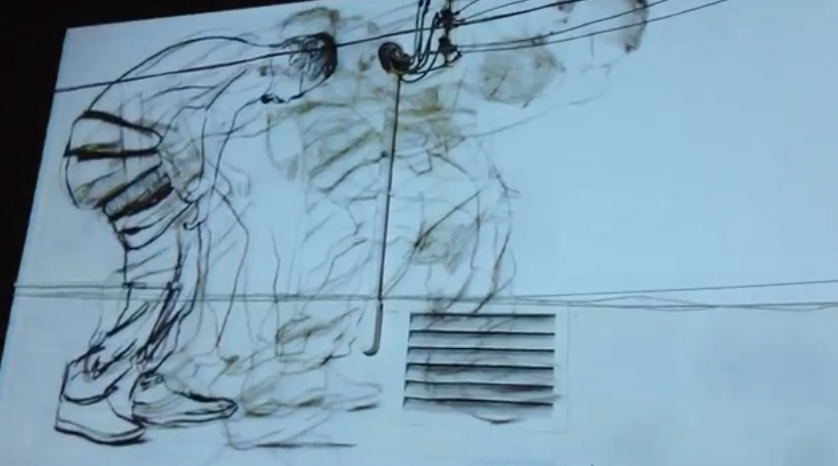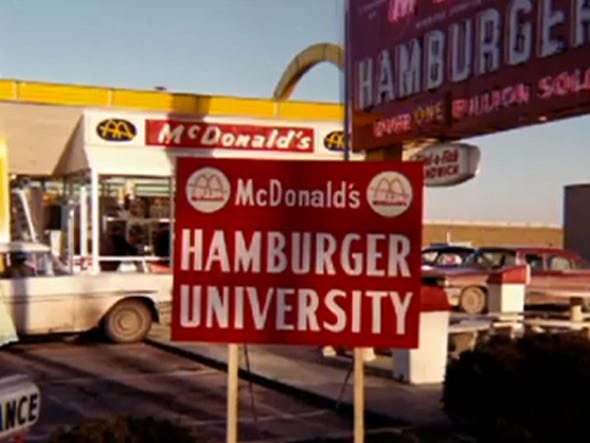
First published in the World Disasters Report 2013: Focus on technology and the future of humanitarian action. Since the rise of the internet in the early 1990s, the most obvious benefit offered by educational technology has been its potential ubiquity or the ability to learn anywhere, anytime.





